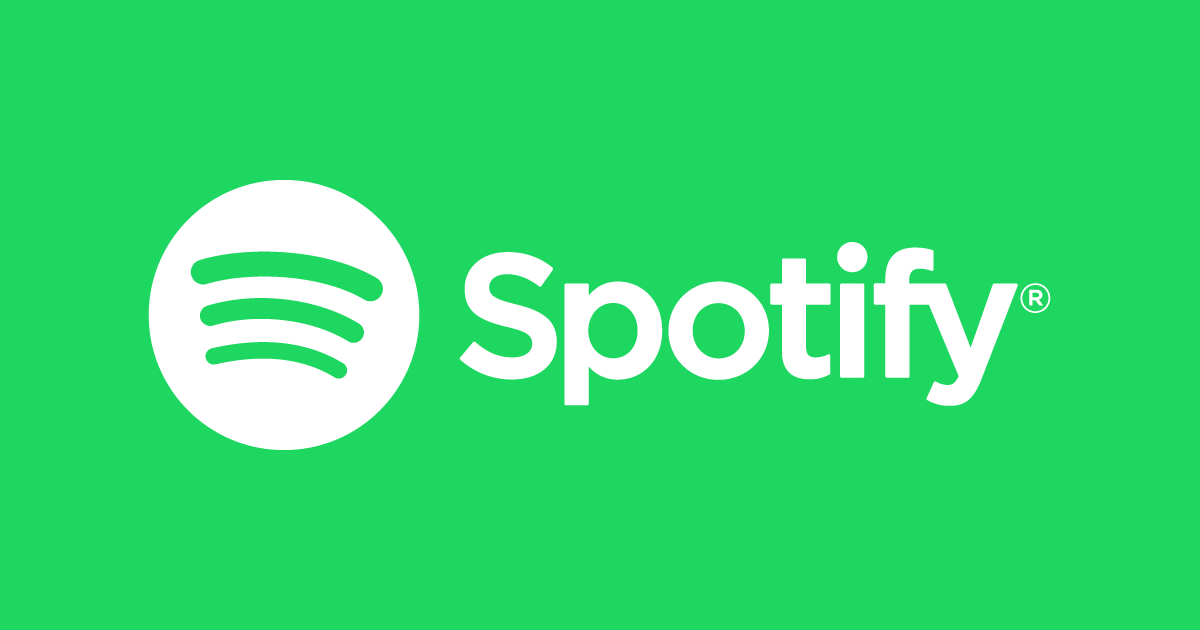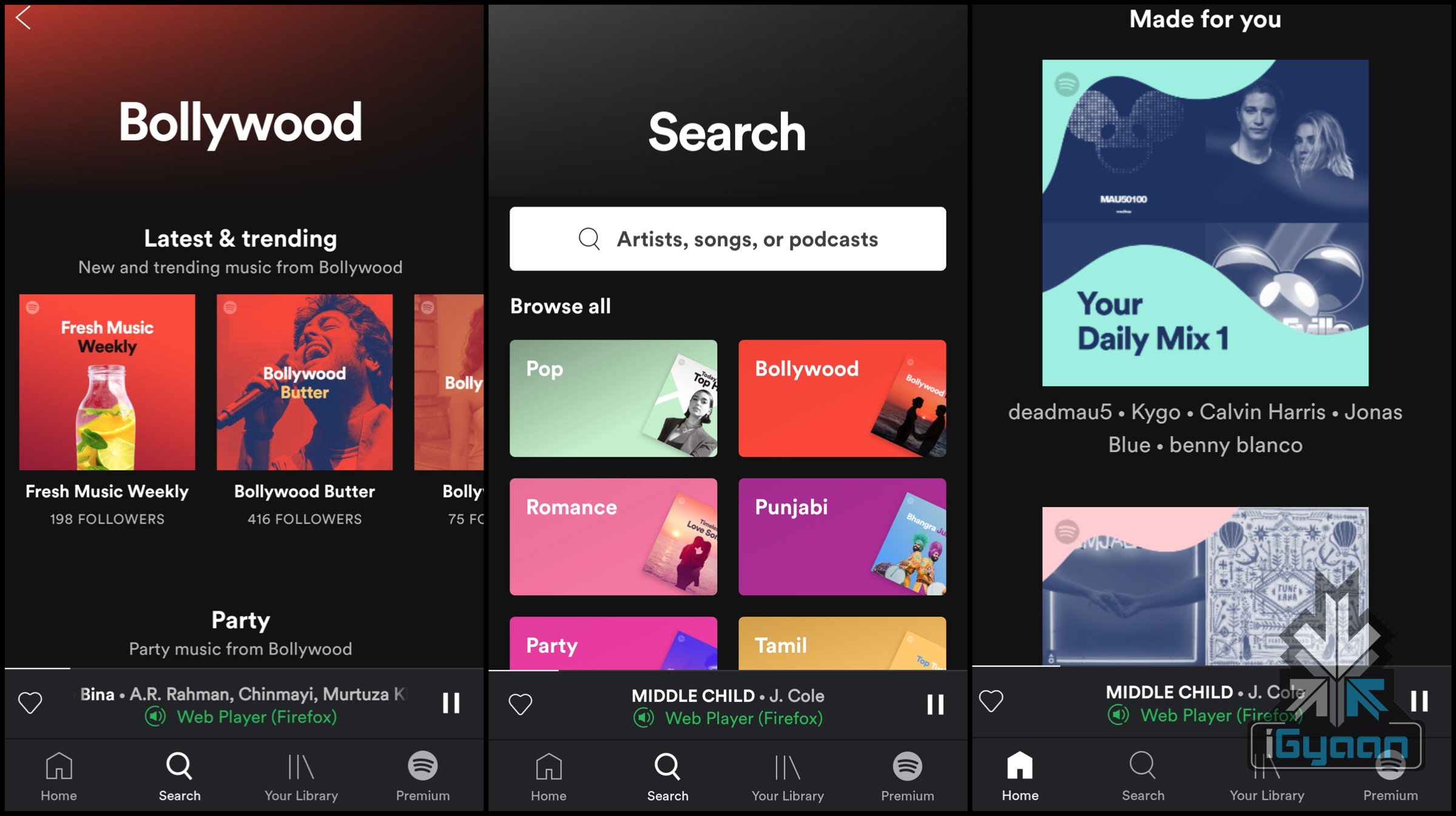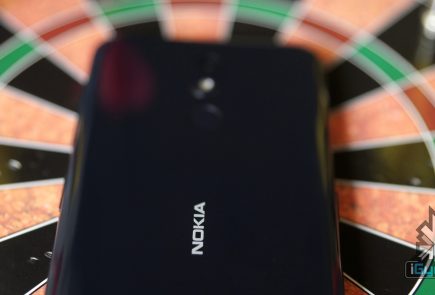The Secret Sauce That Makes Spotify’s Music Curation So Amazing

Music is deemed as a social currency worldwide. Songs can depict a person, tell you about his/her tastes and reflect his/her mood. And when it comes to music, Spotify is no stranger. The Swedish music streaming application has been downloaded over 207 million times (as per Q4, 2018), and the number keeps on growing. The app launched was launched in India in February 2019, and the app gained more than 1 million users in the country after the first week of its launch. But what makes Spotify better than other music streaming applications out there? Is it the interface? The sound quality? Or is it just better pricing?
What Makes Spotify Better Than Its Competition?
 Music applications like Apple Music and Last.fm have been around for a long time too. There are still a lot of users who side with apps like Saavn, Gaana and Soundcloud. But the reason why Spotify is different are the algorithms that form the basis of what the service is. Over 100 million users use Spotify’s music algorithm every month to listen to music that’s tailored for them. An Indie music fan wouldn’t be a huge fan of Electronic Music, and someone who likes Hip hop would not exactly enjoy folk music.
Music applications like Apple Music and Last.fm have been around for a long time too. There are still a lot of users who side with apps like Saavn, Gaana and Soundcloud. But the reason why Spotify is different are the algorithms that form the basis of what the service is. Over 100 million users use Spotify’s music algorithm every month to listen to music that’s tailored for them. An Indie music fan wouldn’t be a huge fan of Electronic Music, and someone who likes Hip hop would not exactly enjoy folk music.
 Spotify understands that. In 2015, the company launched its ‘Discover Weekly’ feature, which allowed users to explore a weekly playlist that’s curated by Spotify. The playlist includes soundtracks that the user might like, based on his/her listening history. Not just that, the algorithm also goes through the most recent releases for each artist you like, runs it through a user base of almost 2 billion similar playlists and adds that music to your playlist. Usually, people get used to listening to the same songs every day, but Spotify users have reported that the “Discover Weekly” feature makes listening to music a lot more fun than ever. It’s like the algorithm personally knows its users, listeners state.
Spotify understands that. In 2015, the company launched its ‘Discover Weekly’ feature, which allowed users to explore a weekly playlist that’s curated by Spotify. The playlist includes soundtracks that the user might like, based on his/her listening history. Not just that, the algorithm also goes through the most recent releases for each artist you like, runs it through a user base of almost 2 billion similar playlists and adds that music to your playlist. Usually, people get used to listening to the same songs every day, but Spotify users have reported that the “Discover Weekly” feature makes listening to music a lot more fun than ever. It’s like the algorithm personally knows its users, listeners state.
The Recommendation Models That Spotify Runs On
Contrary to popular belief, Spotify implements three different Recommendation models to curate their playlists. Using these three models, it creates its own discovery engine, which its fans love.
- Collaborative Filtering
- Nature Language Processing
- Audio Models
1. Collaborative Filtering
 To make it simpler, one of the first media streaming services that used this algorithm was Netflix. It analyzed a user’s rating for a specific movie and compared it with another user’s rating to find out which movie taste such users had in common. After that, it used this analysis to recommend movies to similar users. Needless to say, Netflix was hugely successful, because it “knew” what people liked and how to keep an audience hooked.
To make it simpler, one of the first media streaming services that used this algorithm was Netflix. It analyzed a user’s rating for a specific movie and compared it with another user’s rating to find out which movie taste such users had in common. After that, it used this analysis to recommend movies to similar users. Needless to say, Netflix was hugely successful, because it “knew” what people liked and how to keep an audience hooked.
After collaborative Filtering gained popularity, many other services started using a similar model to curate content to their users. However, Spotify’s implementation is a little different from the basic “Filtering model”. It keeps track of the stream counts of every song, the number of times it has been added to a playlist, the different types of tracks in that playlist and similar tracks by the same artist.
Spotify uses Python libraries to keep track of the user’s preferences in its databases. Stored in the form of massive matrices, the service uses complex mathematical functions to match similar music tastes. Even remotely similar sounding music can appear on the list, which explains why people relate to unheard music at times.
2. Natural Language Processing
 Natural language processing (NLP) is a technique that has long been used for translating human speech to machine language. A lot of websites other than Spotify use NLP to find related text across different websites, acting upon which they can implement that newfound information on their own platform. NLP holds a very high spot in the list of algorithms that are used for mining big data.
Natural language processing (NLP) is a technique that has long been used for translating human speech to machine language. A lot of websites other than Spotify use NLP to find related text across different websites, acting upon which they can implement that newfound information on their own platform. NLP holds a very high spot in the list of algorithms that are used for mining big data.
Spotify’s NLP model extracts data from a song’s information, including its genre, artist name and album name. It then crawls the web incessantly for any blogs or articles regarding the music track and then figures out what other songs are being discussed alongside the same. It then uses this information to amaze you with a “musical” understanding, which is the foundation of the Spotify “discovery” algorithm.
3. Audio Models
 Analyzing Raw audio models is basically Spotify’s way to ensure that new tracks don’t go unnoticed. Take it this way – taking a technology similar to Facial Recognition and applying it to soundtracks is what Spotify does. It analyzes the audio data including the wavelength, time signatures, key, tempo and loudness of a music track, and then uses the same to find more tracks with similar audio signatures. This allows the music service to detect similarities between songs and therefore, it suggests those tracks to users.
Analyzing Raw audio models is basically Spotify’s way to ensure that new tracks don’t go unnoticed. Take it this way – taking a technology similar to Facial Recognition and applying it to soundtracks is what Spotify does. It analyzes the audio data including the wavelength, time signatures, key, tempo and loudness of a music track, and then uses the same to find more tracks with similar audio signatures. This allows the music service to detect similarities between songs and therefore, it suggests those tracks to users.
 Also Read: Pokemon Go Styled, Harry Potter Wizards United To Launch Soon
Also Read: Pokemon Go Styled, Harry Potter Wizards United To Launch Soon
Spotify may be similar to other music streaming applications, but it sets its ways apart by implementing a set of models that provide a much more personalized audio experience. The playlist will automatically start suggesting you songs once you start listening to music on Spotify. The application is available across all major application stores and is free to use. Users can upgrade to premium for improved music quality and offline listening capability.























